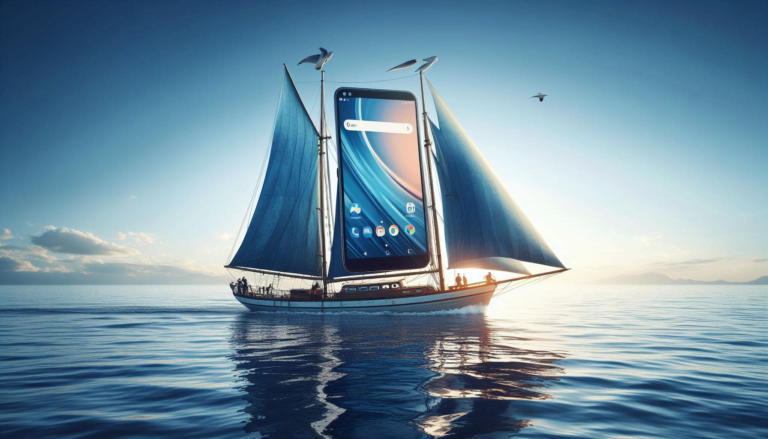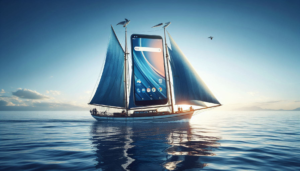Long glitz was typically short user experience.
- Samsung led the pack for glitzy press conferences and superb hardware but it was the minnows such as Bang and Olufsen that showed signs of the skills that really matter.
- RFM spent Thursday touring the IFA 2016 press conferences in Berlin and found that the more razzamatazz that was put on to wow the crowd, the less attention was really paid to making all of the devices work together properly.
- For me, this is the main issue at IFA this year and it is something that the big companies such as Samsung, Sony and so on desperately need to drive differentiation in their consumer electronics products.
- The Samsung press conference demonstrated superb innovation in hardware with its quantum dot TVs, surround sound wireless speakers and its cool and highly functional washing machines.
- However, it all fell to pieces when Samsung demonstrated its home hub which is debuting on its mind-bendingly expensive refrigerators.
- Home hub is an experience offered on a large 21-inch touch screen that is embedded in the fridge door that tries to bring the family’s Digital Lives together in an easy and fun to use way.
- Unfortunately, because it is based on Tizen all of the data and content that makes up Digital Life has to laboriously ported by the user via the Samsung Home Hub app.
- For example, to share one’s calendar with Hone Hub each appointment has to be manually retyped into another app that then posts it on the fridge.
- Android apps do not work and so the only culinary related apps that the user will have access to are the ones that Samsung deems it worthwhile porting to Tizen.
- This process is so painful that even the demonstrator admitted that the user experience needed a massive amount of work.
- The result is an experience that is first in terms of understanding the need to make home devices work together to enhance a user’s Digital Life, but last in terms of approaching usability.
- The same can be said for Samsung’s multi room music functionality where switching speakers is not obvious and there is no way for the music to follow you through the house.
- Sony also suffered from many of the same problems with its devices that depend on software and AI remaining safely behind glass where they could not be tested.
- Huawei, ZTE, Haier and many others remained focused on differentiating through hardware features such as sound, video, multi-chamber washing machines and fast cooling compartments rather than putting it all together.
- To be fair, this is an incredibly difficult goal to achieve and even the mighty Apple is really struggling to get this working properly.
- However, this means that there are big rewards in store for the company that can get this right.
- The smaller, more focused companies have a much easier time of it but of all the demonstrations I saw, Bang and Olufsen was the winner in terms of making its products work together well.
- It has many fewer products than Samsung, Sony or many of the others, but those they do have, work together much better and the control system on the smartphone or tablet is intuitive and easy to use.
- I think that for all these companies touting their wares at IFA, cross device functionality is absolutely essential.
- Hardware is becoming increasingly commoditised and with Google draining all the profits out of Android, these companies need to differentiate by making their portfolio of products work beautifully together.
- By doing this they can achieve user preference which in turn will drive margin for the one thing that all these companies have in common (including Samsung outside of handsets), is terrible profitability.
- I have seen very little evidence of any understanding of this concept at IFA meaning that these companies are likely to continue grinding out a commodity existence for some time to come.
- For the very few that have internalised and understood this concept, there is opportunity but they tend to be sub-scale which leaves them with other types of profitability problems.
- However, they are likely to make great acquisition targets and I can see the cross-device software skill set being commanding a great premium in the years to come.









Blog Comments
bran
September 4, 2016 at 10:12 pm
It is Microsoft who have the platform (win10) that can act as the necessary glue for these kind of inter-connected systems even bridging Android/iOS too, sadly no-one seems to recognize this though LG did demo a concept fridge with a full Win10 PC in it, a bit overkill but it worked.
http://www.theverge.com/circuitbreaker/2016/9/2/12767932/lg-instaview-fridge-windows-10-ifa-2016
This was the whole point of the universal windows platform and there is an IoT version of Win10 that can run custom built UWP apps but no-one is using it so the device makers stick with doing their own lame duck software systems with the odd one who manages to make it work.
windsorr
September 5, 2016 at 10:59 am
I completely agree and have written so many times… However Microsoft is making a total mess of the consumer and the relevance of its platform outside the PC and console is crashing fast. Without MObile it stands little chance no matter how good it is.